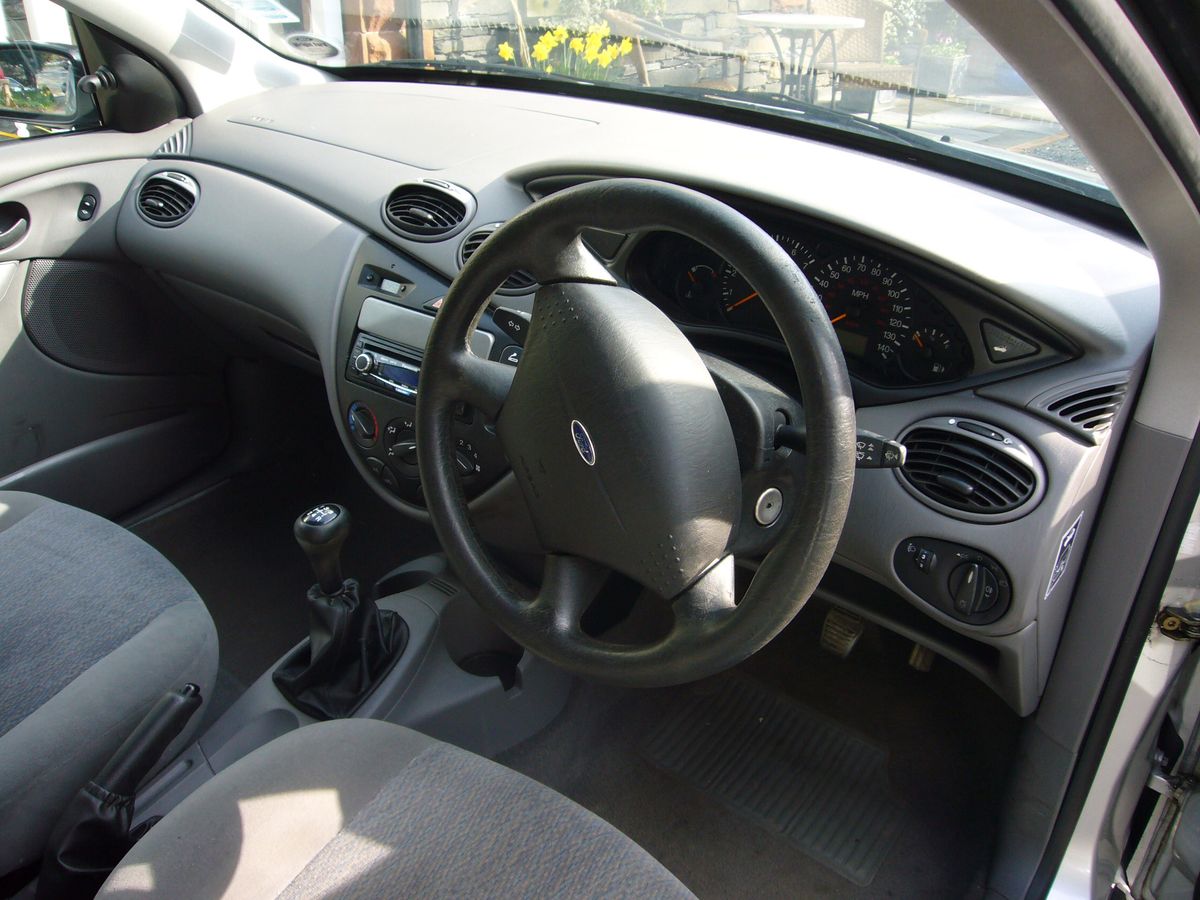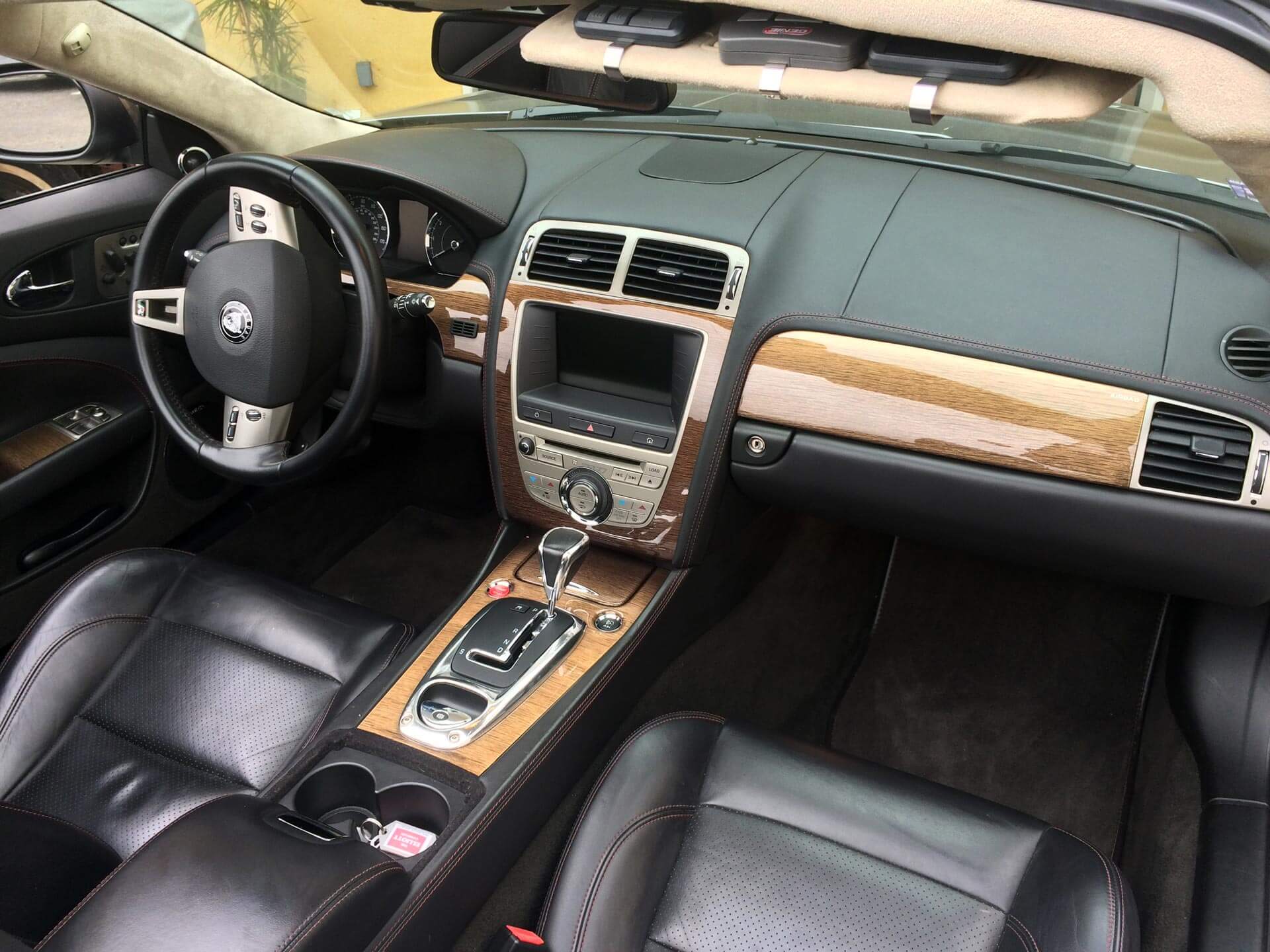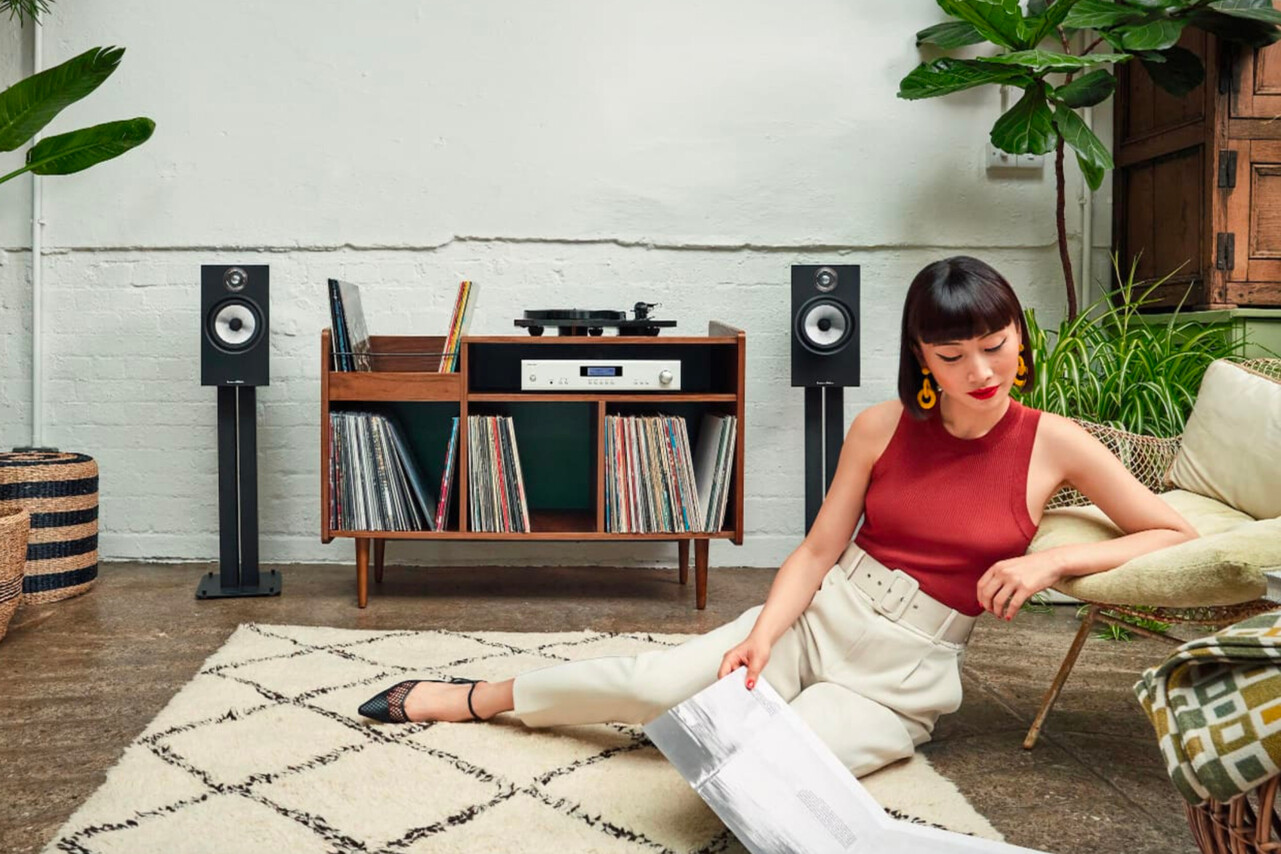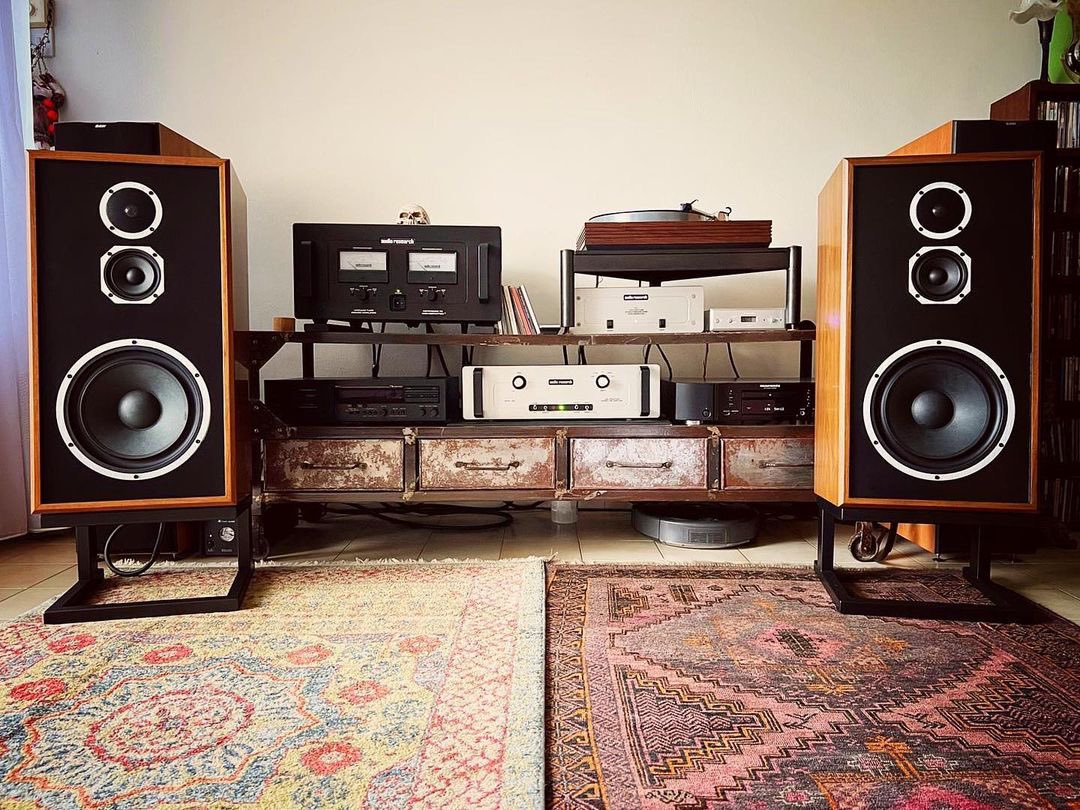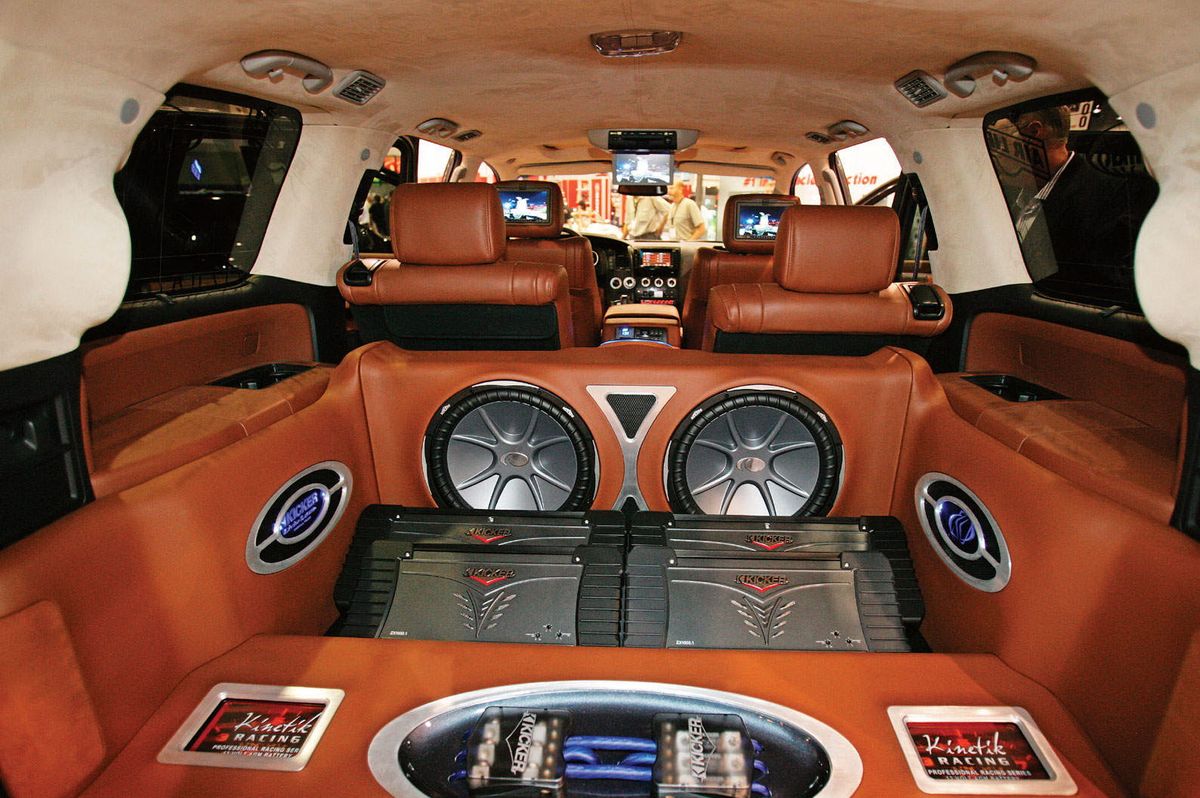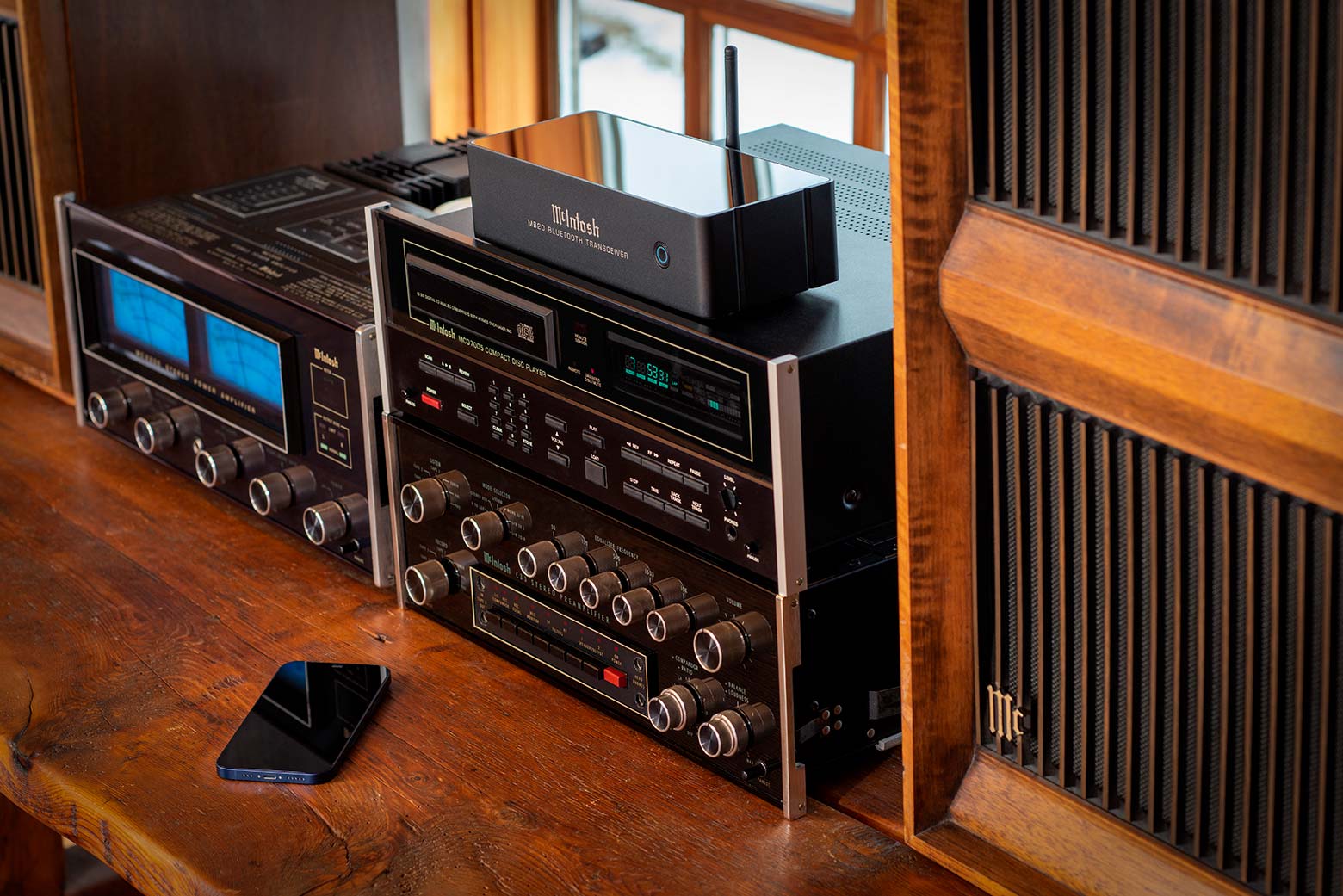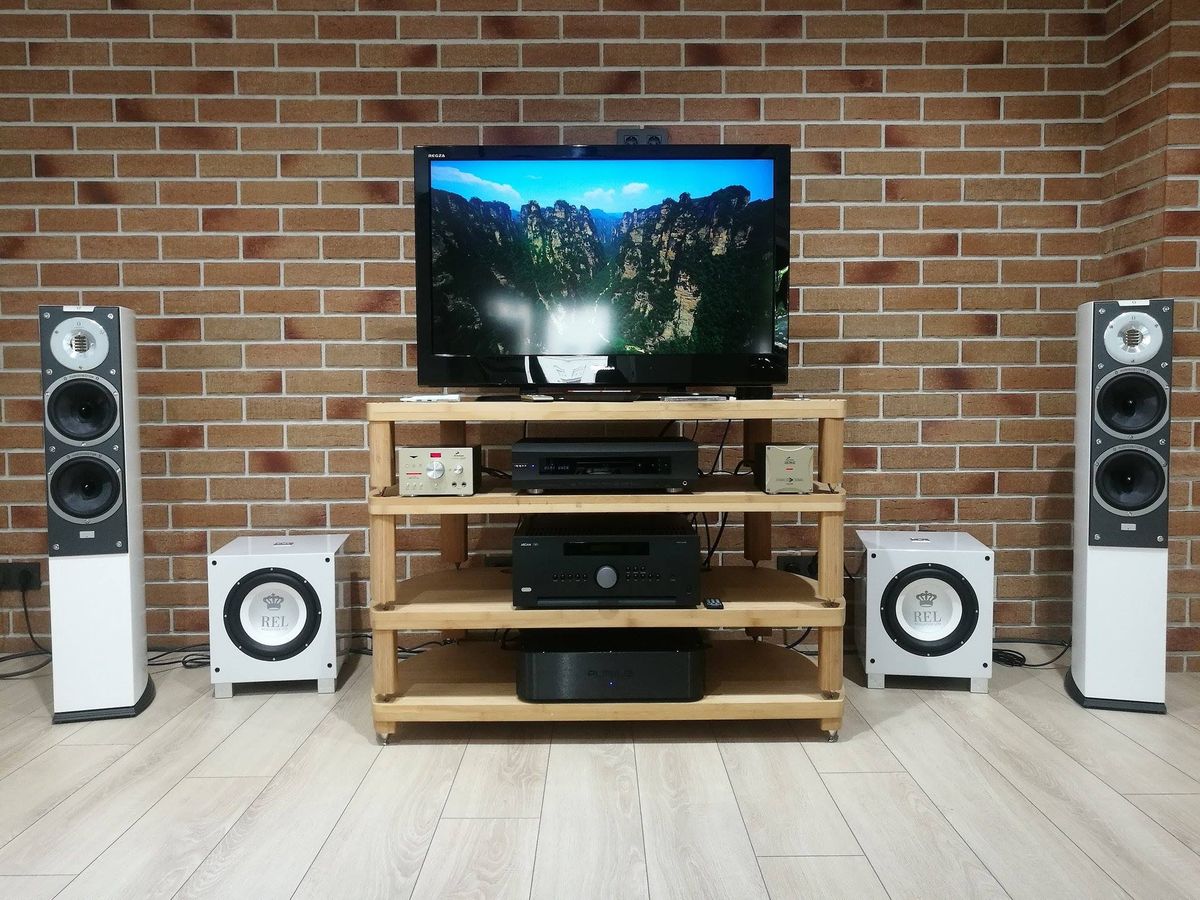Home>Production & Technology>Stereo>How Many Watts Does A Stereo System Use
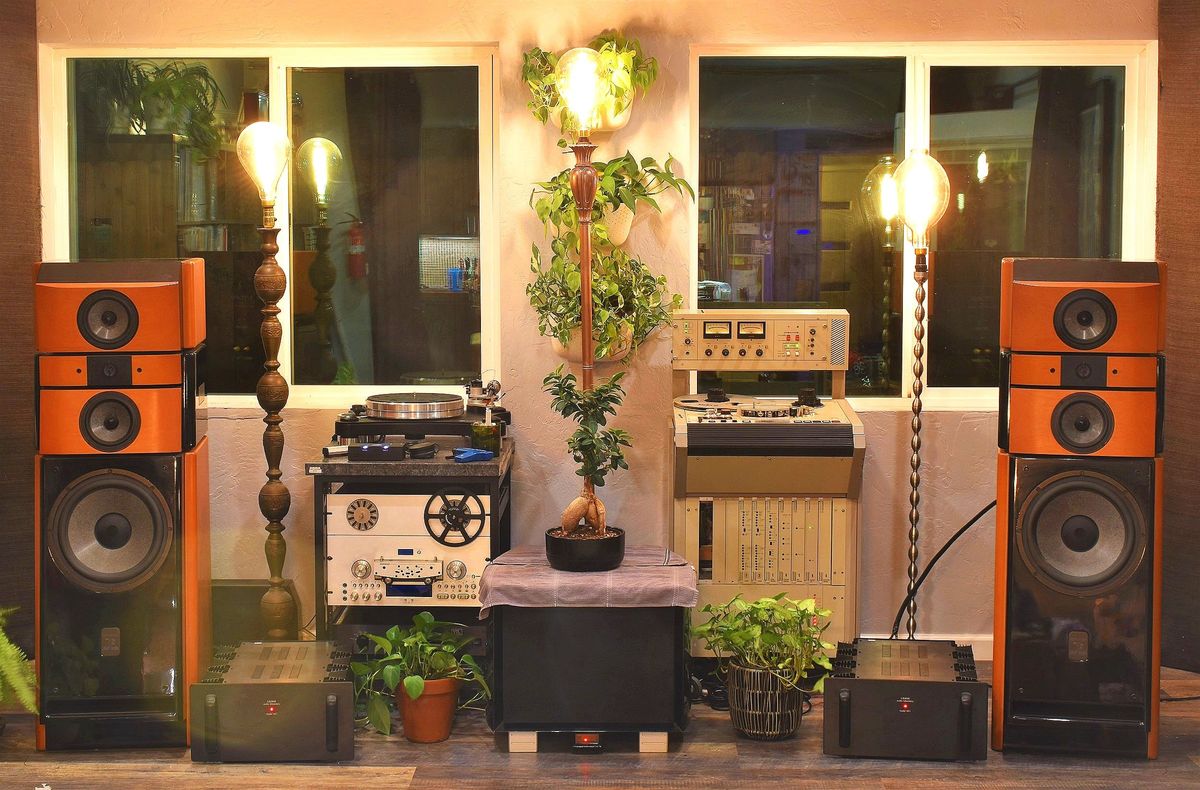

Stereo
How Many Watts Does A Stereo System Use
Modified: January 22, 2024
Find out how much power a stereo system consumes. Discover the wattage usage of your stereo for efficient energy management.
(Many of the links in this article redirect to a specific reviewed product. Your purchase of these products through affiliate links helps to generate commission for AudioLover.com, at no extra cost. Learn more)
Table of Contents
Introduction
When it comes to enjoying our favorite music or immersing ourselves in the movie-watching experience, a stereo system can provide unparalleled audio quality. However, have you ever wondered about the power consumption of your stereo setup? Understanding how many watts a stereo system uses can help you make informed decisions when it comes to energy efficiency and managing your electricity consumption.
Modern stereo systems consist of various components, such as amplifiers, speakers, receivers, and subwoofers. Each component contributes to the overall power consumption of the system, and knowing the consumption of individual components can help you estimate the overall energy usage of your stereo setup.
In this article, we will uncover the power consumption of different stereo components and explore the factors that affect energy usage. Whether you are concerned about reducing your environmental footprint or simply want to optimize your energy bills, this information will empower you to make well-informed choices.
So, without further ado, let’s dive into the world of stereo system power consumption and discover ways to enhance both our audio experiences and our energy efficiency!
Understanding Power Consumption
Power consumption refers to the amount of electrical energy used by a device or system. It is typically measured in watts (W) and represents the rate at which energy is consumed. Knowing the power consumption of your stereo system is important as it helps you understand its energy requirements and the impact it has on your electricity usage.
Power consumption depends on various factors, including the design and efficiency of the components, the volume at which the system is operated, and the features and settings enabled. It’s important to note that power consumption can vary significantly between different stereo systems and even between different models of the same component.
Understanding power consumption is essential for several reasons. Firstly, it allows you to estimate the energy usage of your stereo system, enabling you to manage your electricity consumption effectively. Additionally, it provides insights into the power requirements when planning for backup power solutions or when using the system in areas with limited power availability.
Moreover, being aware of the power consumption of your stereo system enables you to make environmentally conscious choices by opting for energy-efficient components. By selecting devices that consume less power, you can reduce your carbon footprint and contribute to a greener future.
Next, let’s delve into the individual components of a stereo system and explore their power consumption in more detail.
Components of a Stereo System
A stereo system is comprised of various components that work together to deliver high-quality audio. Understanding the power consumption of each component is crucial in determining the overall energy usage of your system. Let’s take a closer look at the key components:
- Amplifier: The amplifier is responsible for boosting the audio signal from the source and driving it to the speakers. Amplifiers come in different types, such as integrated amplifiers, power amplifiers, and stereo receivers. The power consumption of an amplifier can vary based on its design, output power, and efficiency. Generally, the more powerful the amplifier, the higher its power consumption.
- Speakers: Speakers convert electrical audio signals into sound waves. Power consumption for speakers is typically minimal, as they mainly rely on the amplifier for power. However, larger or high-powered speakers may require more energy to produce louder sound levels.
- Receiver: A stereo receiver combines multiple functions, including an AM/FM tuner, amplifier, and audio inputs for various devices. Receivers can have different power consumption levels depending on their features, connectivity options, and amplifier power.
- Subwoofer: A subwoofer is a specialized speaker that reproduces low-frequency sounds (bass). Similar to speakers, the power consumption of a subwoofer is relatively low as it relies on the amplifier for power. However, larger or powered subwoofers may require more energy.
- CD/DVD Player or Turntable: These components are responsible for playing physical music media or vinyl records. The power consumption of CD/DVD players and turntables is generally low, as they have fewer power-intensive components compared to amplifiers or receivers.
It’s important to note that the power consumption of each component may vary depending on usage, volume levels, and features used. To get a more accurate estimation of power consumption, it is recommended to refer to the specifications provided by the manufacturer for each component.
Now that we have a better understanding of the components, let’s dig deeper into their power consumption levels in the next section.
Power Consumption of Different Stereo Components
Each component of a stereo system has its own power consumption characteristics. While the power consumption can vary depending on factors such as the model, design, and usage, here is a general overview of the power requirements for different components:
- Amplifier: Amplifiers typically have varying power consumption levels. Entry-level amplifiers may consume around 20-200 watts, while high-end amplifiers can consume up to 500 watts or more. The power consumption largely depends on the amplifier’s output power, design efficiency, and the audio volume levels set.
- Speakers: The power consumption of speakers is relatively low as they rely on the amplifier to provide power. Generally, speakers consume around 1-20 watts of power. However, high-powered or larger speakers may require more energy to produce louder sound levels.
- Receiver: Stereo receivers consume varying amounts of power, typically ranging from 20-200 watts. The power consumption depends on factors such as the amplifier power, connectivity options used (e.g., Bluetooth, Wi-Fi), and additional features like built-in streaming capabilities.
- Subwoofer: Subwoofers, like speakers, have relatively low power consumption. The power consumption can range from 10-200 watts, depending on factors such as subwoofer size, output power, and usage volume levels.
- CD/DVD Player or Turntable: These components have low power consumption levels since they don’t require as much electrical power as amplifiers or receivers. Typically, CD/DVD players and turntables consume around 10-30 watts of power.
It’s important to remember that these power consumption values are approximate ranges, and the actual power consumption can vary depending on various factors. Additionally, some stereo systems may have additional components or accessories that consume power, such as equalizers, audio processors, or wireless modules.
Understanding the power consumption of different stereo components allows you to estimate the overall energy usage of your system and make informed decisions to optimize power consumption.
Next, let’s explore the factors that can affect the power consumption of your stereo system.
Factors Affecting Power Consumption
The power consumption of a stereo system can be influenced by various factors. Understanding these factors can help you manage and optimize the energy usage of your system. Here are the key factors that can affect power consumption:
- Volume Level: The volume at which you play music or movies greatly impacts power consumption. Higher volume levels require more power as the amplifier and speakers work harder to produce louder sound. Therefore, keeping the volume at moderate levels can help reduce power consumption.
- Efficiency: The efficiency of the components used in your stereo system plays a significant role in power consumption. Higher efficiency components convert a larger portion of electrical energy into usable audio output, resulting in lower power consumption. Opting for energy-efficient components can help minimize power usage without sacrificing audio quality.
- Standby Mode: Many modern stereo components have a standby mode that allows them to power on quickly when needed. However, devices left in standby mode continue to consume some power. To reduce power consumption, consider turning off components completely when not in use or using a power strip with an on/off switch to easily cut power to multiple devices at once.
- Audio Settings: Certain audio settings, such as equalizer adjustments, sound enhancements, or surround sound modes, can increase power consumption. While these settings can enhance your audio experience, using them sparingly can help conserve power.
- Usage Patterns: The frequency and duration of usage also affect power consumption. If you frequently use your stereo system for extended periods, the overall energy consumption will be higher compared to occasional or shorter usage. Consider powering off your system when not in use to minimize energy usage.
- Component Design: The design and build quality of different components can impact power consumption. Some manufacturers prioritize energy efficiency in their designs, resulting in lower power requirements. When purchasing new components, you can research and choose models that are known for their energy-efficient designs.
By considering these factors and making conscious choices in your usage and component selection, you can effectively manage and reduce the power consumption of your stereo system without compromising on audio quality.
Now, let’s explore some tips for reducing power consumption in your stereo system.
Tips for Reducing Power Consumption
Reducing power consumption in your stereo system not only helps you save on energy costs but also contributes to a more sustainable and eco-friendly lifestyle. Here are some tips to help you minimize power usage without compromising your audio experience:
- Choose Energy-Efficient Components: When purchasing stereo components, look for energy-efficient models with high-efficiency ratings. Energy Star certified products are a good indication of energy efficiency.
- Optimize Speaker Placement: Proper placement of speakers can improve audio quality and reduce the need for higher volume levels. Experiment with speaker placement to ensure optimal sound dispersion, which can help maintain audio clarity at lower volumes.
- Turn off Unused Components: When not in use, turn off components such as amplifiers, receivers, and subwoofers, instead of leaving them in standby mode. Use power strips with an on/off switch to easily power off multiple devices simultaneously.
- Adjust Audio Settings: Avoid excessive usage of sound-enhancing settings or unnecessary audio processing. Use these settings sparingly to save power without sacrificing audio quality.
- Use Efficient Speaker Systems: Consider investing in highly efficient speakers that can produce quality sound with lower power requirements. This can help reduce overall power consumption while maintaining excellent audio performance.
- Use Lower Volume Levels: Listening to music or movies at lower volume levels reduces the power demand of the amplifier and speakers. Enjoying your audio at moderate volumes not only saves power but also minimizes the risk of hearing damage.
- Opt for Wireless Connectivity: Wireless technologies such as Bluetooth or Wi-Fi can provide convenience, but they may consume additional power. When not needed, disable wireless connectivity to reduce power consumption.
- Consider Energy-Saving Features: Some stereo components offer energy-saving features like auto power-off or sleep timers. Enable these features to automatically power down the system after a period of inactivity.
- Regular Maintenance: Keeping your stereo system clean and well-maintained can improve its efficiency. Dust or debris accumulated on components can cause them to run hotter and consume more power. Regularly clean and inspect your system to ensure optimized performance.
By implementing these tips, you can significantly reduce the power consumption of your stereo system while still enjoying exceptional audio quality.
Now, let’s summarize what we have discussed so far.
Conclusion
Understanding the power consumption of your stereo system is essential for managing energy usage and making informed decisions about your audio setup. By considering factors such as component power consumption, efficiency, usage patterns, and audio settings, you can optimize the power consumption of your system without compromising on audio quality.
From amplifiers and speakers to receivers and subwoofers, each component contributes to the overall power consumption of your stereo system. By selecting energy-efficient components, adjusting audio settings, and practicing smart usage habits, you can effectively reduce power consumption and save on energy costs.
Remember to keep the volume levels at a moderate level, power off unused components, and utilize energy-saving features when available. Additionally, proper placement of speakers, regular maintenance, and considering efficient speaker systems can further enhance the energy efficiency of your stereo setup.
By implementing these tips, you not only reduce your environmental footprint but also contribute to a more sustainable lifestyle. Saving energy benefits not only your pocket but also the planet, helping to conserve valuable resources and mitigate the impact of climate change.
So, as you embark on your journey to enjoy exceptional audio experiences, keep in mind the power consumption of your stereo system and strive for energy efficiency. With a little extra consideration and conscious choices, you can make a meaningful difference while immersing yourself in the captivating world of music and movies.

